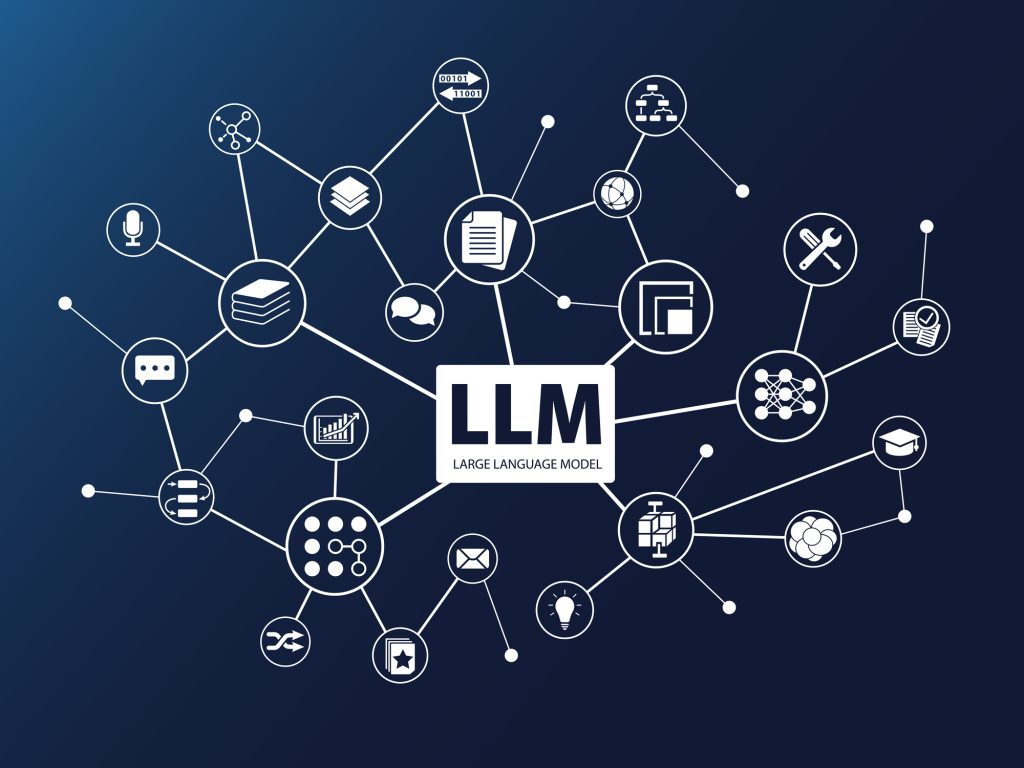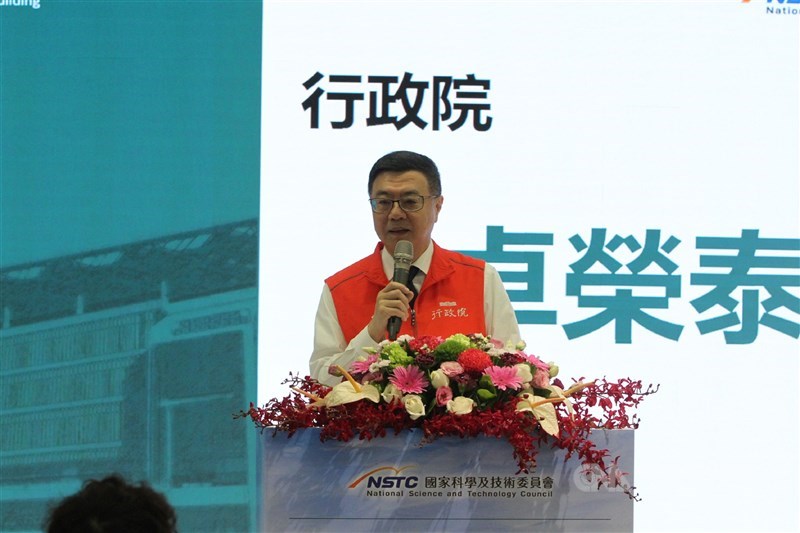
Unlocking the Power of Large Language Models: MInference Accelerates Pre-filling for Long-Context LLMs
When it comes to the widespread deployment of Large Language Models (LLMs), one of the major hurdles is the computational challenges associated with inference. Specifically, the pre-filling stage of LLMs, which involves processing long sequences of tokens, can be a significant bottleneck. This is because the attention computation involved has a quadratic complexity, leading to latency issues even when using high-performance GPUs.
For instance, it can take up to 30 minutes for an 8B LLM to process a prompt of 1M tokens on a single A100 GPU. This is a major limitation, especially when dealing with long-context LLMs. Existing methods for speeding up pre-filling often compromise on accuracy or efficiency, making them less than ideal.
 Accelerating pre-filling for long-context LLMs
Accelerating pre-filling for long-context LLMs
To address this gap, researchers have introduced MInference (Milliontokens Inference), a novel sparse calculation method designed to accelerate pre-filling of long-sequence processing. By identifying unique patterns in long-context attention matrices, such as the A-shape, Vertical-Slash, and Block-Sparse patterns, MInference enables efficient sparse computation on GPUs.
“The computational challenges of Large Language Model inference remain a significant barrier to their widespread deployment.” - Researcher
By dynamically building sparse indices based on the assigned pattern during inference, MInference significantly reduces the latency in the pre-filling stage of long-context LLMs. This approach can be directly applied to existing LLMs without any modifications to the pre-training setup or additional fine-tuning.
Processing long sequences of tokens made faster
The results are impressive, with MInference reducing inference latency by up to 10x for pre-filling on an A100, while maintaining accuracy. This breakthrough has significant implications for the deployment of LLMs in various applications, from natural language processing to language translation and more.
 The future of LLMs is looking brighter
The future of LLMs is looking brighter
In conclusion, MInference has the potential to revolutionize the field of LLMs by making it possible to process long sequences of tokens efficiently and accurately. As we continue to push the boundaries of what is possible with AI, innovations like MInference will play a crucial role in shaping the future of language models.















